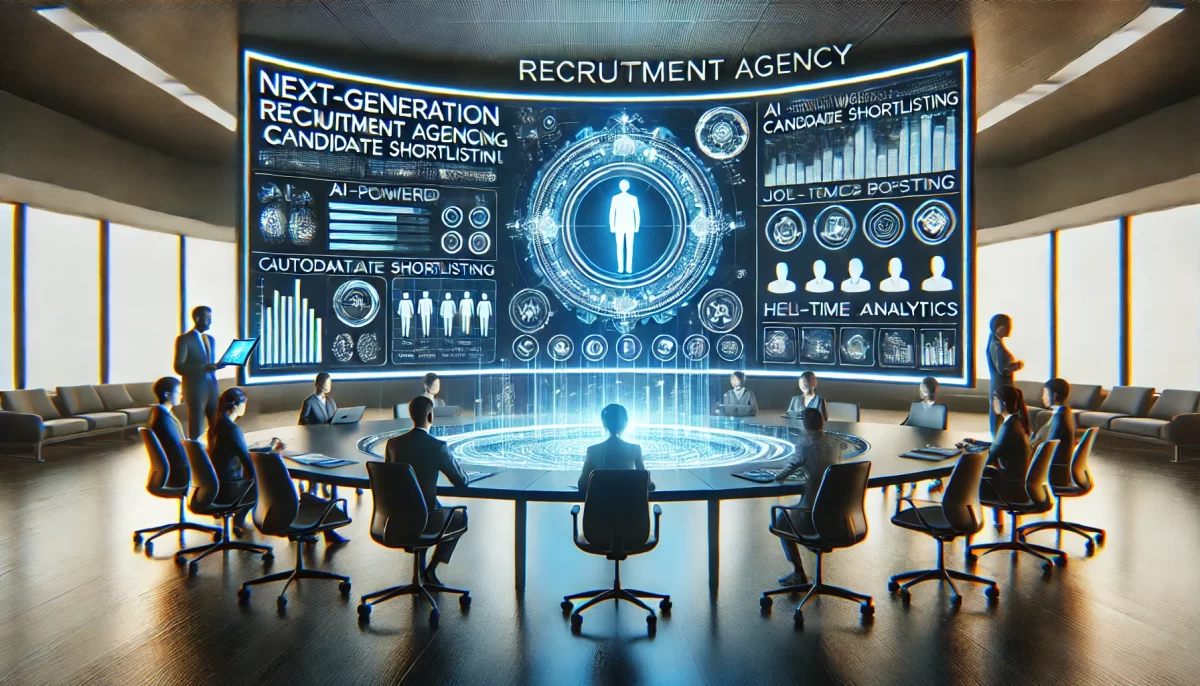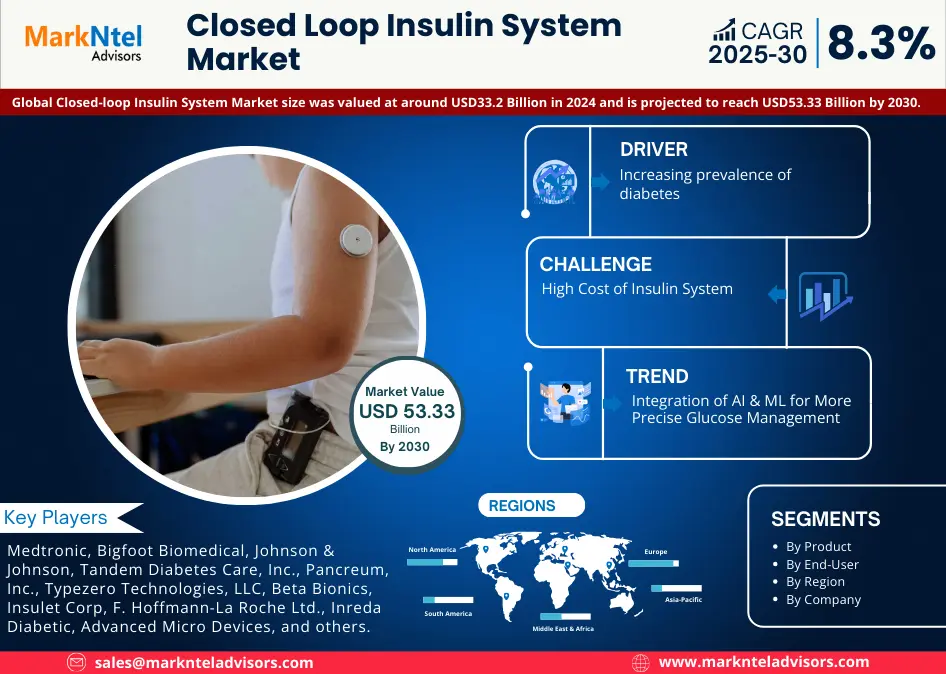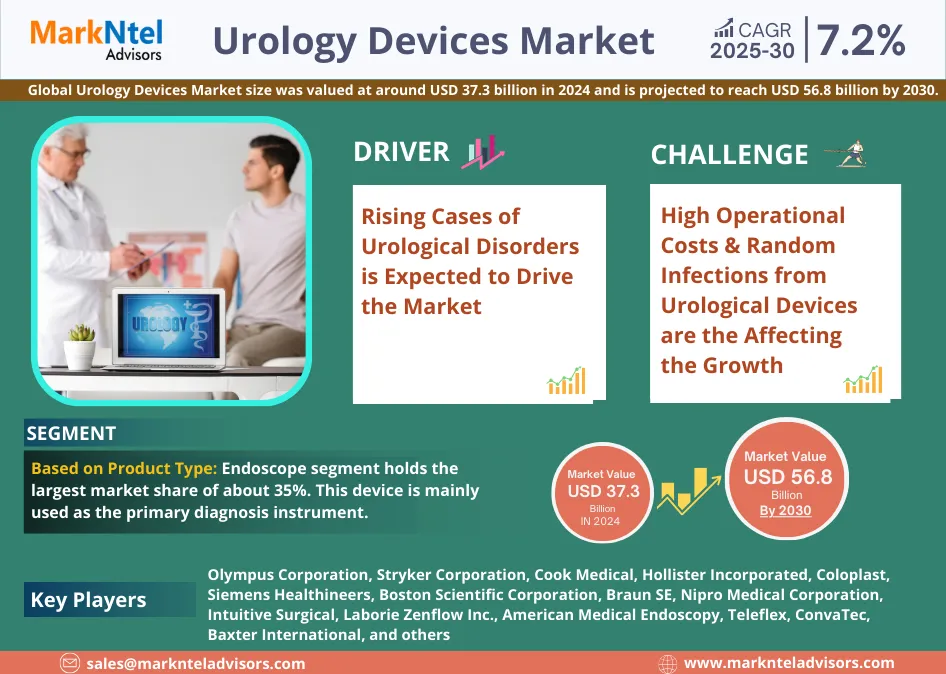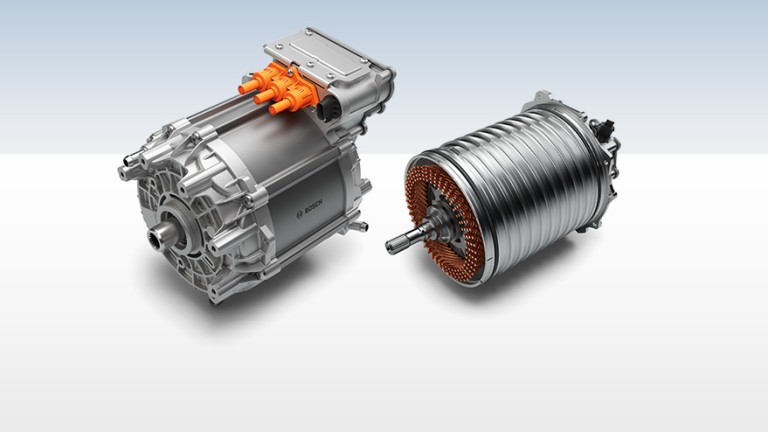Does Your Team Know These Truths About C3PAO-led CMMC Assessments?

Sometimes, it’s not the tech that trips teams up—it’s what they didn’t know to expect. CMMC assessments are full of fine details, and when a C3PAO steps in, there’s no guesswork allowed. Understanding how these audits really work can help your whole team stay ready, confident, and compliant.
Assessment Rigor Extends Beyond Technical Controls
Many teams focus only on firewalls, antivirus software, and access controls, assuming those will carry them through the CMMC assessment. But a C3PAO looks far past the hardware and software. They want to see how your processes, habits, and internal actions hold up—not just your tools. Meeting CMMC level 1 requirements or CMMC level 2 requirements takes more than having the right setup; it takes proof that it’s being used the right way.
C3PAOs dive into things like how users are trained, how changes are tracked, and whether system logs actually show what they should. A policy sitting on a shared drive doesn’t mean much unless people follow it. This is where many teams get caught off guard. Technical controls matter, but they’re only part of what these assessments examine. Real CMMC compliance requirements ask, “Are you doing this every day, or just when someone’s watching?”
Auditors Scrutinize Operational Cybersecurity Culture
Auditors don’t just want a checklist—they’re watching how your team talks, thinks, and acts about cybersecurity. A strong cybersecurity culture shows up in daily habits. If passwords are shared or updates are skipped “just this once,” it sends up red flags. During a CMMC assessment, C3PAO auditors notice the small things. They can tell if security is part of your team’s routine or just something people pretend to care about during audit week.
The CMMC model, especially at level 2, is designed to protect sensitive government data. That means an organization’s mindset matters. A well-prepared team doesn’t just follow rules—they understand why those rules exist. When that attitude shows up in meetings, decision-making, and how people respond under pressure, it tells a C3PAO that your controls go deeper than paper. Culture counts more than you think.
Documentation Completeness Determines Initial Impressions
When a C3PAO opens your documentation, that’s the first moment they start forming an opinion—and it sticks. If policies are missing pages, or procedures are outdated, it sets the tone for the rest of the assessment. Meeting CMMC compliance requirements means your paperwork has to match your practices. Clear, complete documentation helps auditors connect the dots between what you say and what you do.
Even more, well-organized documents help you answer questions faster during the assessment. Instead of scrambling to find that one policy or hoping someone remembers what’s in it, you can show your work immediately. This not only keeps things moving, it builds confidence with the assessor. Whether it’s CMMC level 1 or level 2, solid documentation shows your team takes cybersecurity seriously—not just during audits, but all the time.
Personnel Interviews Can Make or Break Assessment Outcomes
Interviews aren’t just a formality—they’re a big part of what the C3PAO uses to gauge how well your team understands their roles. Auditors ask questions to IT staff, HR, executives, and sometimes even entry-level users. They want to know if the people who should be following your policies actually know what those policies are. Strong answers can build trust, while vague or confused responses can create doubt.
Even with perfect documentation and clean systems, if staff can’t explain how they protect controlled data, it can throw up major warning signs. That’s why CMMC assessments often include role-specific questions that dig into how each part of the team contributes to security. If one person struggles, it can reflect on the whole organization. Preparing your team with real examples and everyday context can make the difference between a smooth pass or a return visit.
Continuous Improvement Is Critical Post-Assessment
Passing a CMMC assessment isn’t the end of the journey—it’s a checkpoint. C3PAOs expect to see that you’re always reviewing, updating, and improving your security practices. Even for those who meet CMMC level 1 requirements, the focus is on growth. Threats evolve, and so should your systems. The auditors will ask, “What have you done since your last review?” and “What’s your plan for next year?”
Teams that treat compliance like a one-time event usually fall behind quickly. Good cybersecurity programs build in regular reviews, self-assessments, and process improvements. A post-assessment roadmap shows C3PAOs that your team doesn’t just care about the badge—you care about staying ahead of threats. That kind of mindset is what the entire CMMC model encourages.
Evidence Quality Trumps Evidence Quantity Every Time
Bringing a mountain of logs, screenshots, or spreadsheets to the audit doesn’t guarantee success. What matters most to a C3PAO is how well that evidence proves your team is doing what you say. One clear example that matches your policy is better than twenty confusing charts. For both CMMC level 1 and level 2, the focus is on quality, clarity, and connection to real practices.
Auditors need to see that your systems are working in real life—not just that you can talk about them. So instead of overwhelming them with data, give them well-labeled, accurate proof. Show how the evidence links to your requirements, and why it matters. That approach saves time and leaves no room for confusion. Strong, sharp evidence tells your story better than pages of noise ever could.










